- About US
- IMC
- By Equipment
-
- Manufactures
- Blog
Why CNC Press Brakes Are Transforming Sheet Metal Fabrication Efficiency in 2023
In the fast-evolving landscape of sheet metal fabrication, the adoption of CNC press brakes has emerged as a game changer for efficiency and precision. As manufacturers strive to enhance productivity while minimizing costs, the integration of advanced CNC press brake technology is paving the way for a new era in fabrication processes. This innovative machinery not only automates bending tasks with remarkable accuracy but also allows for greater versatility in design and complex geometries, addressing the diverse demands of modern industry.
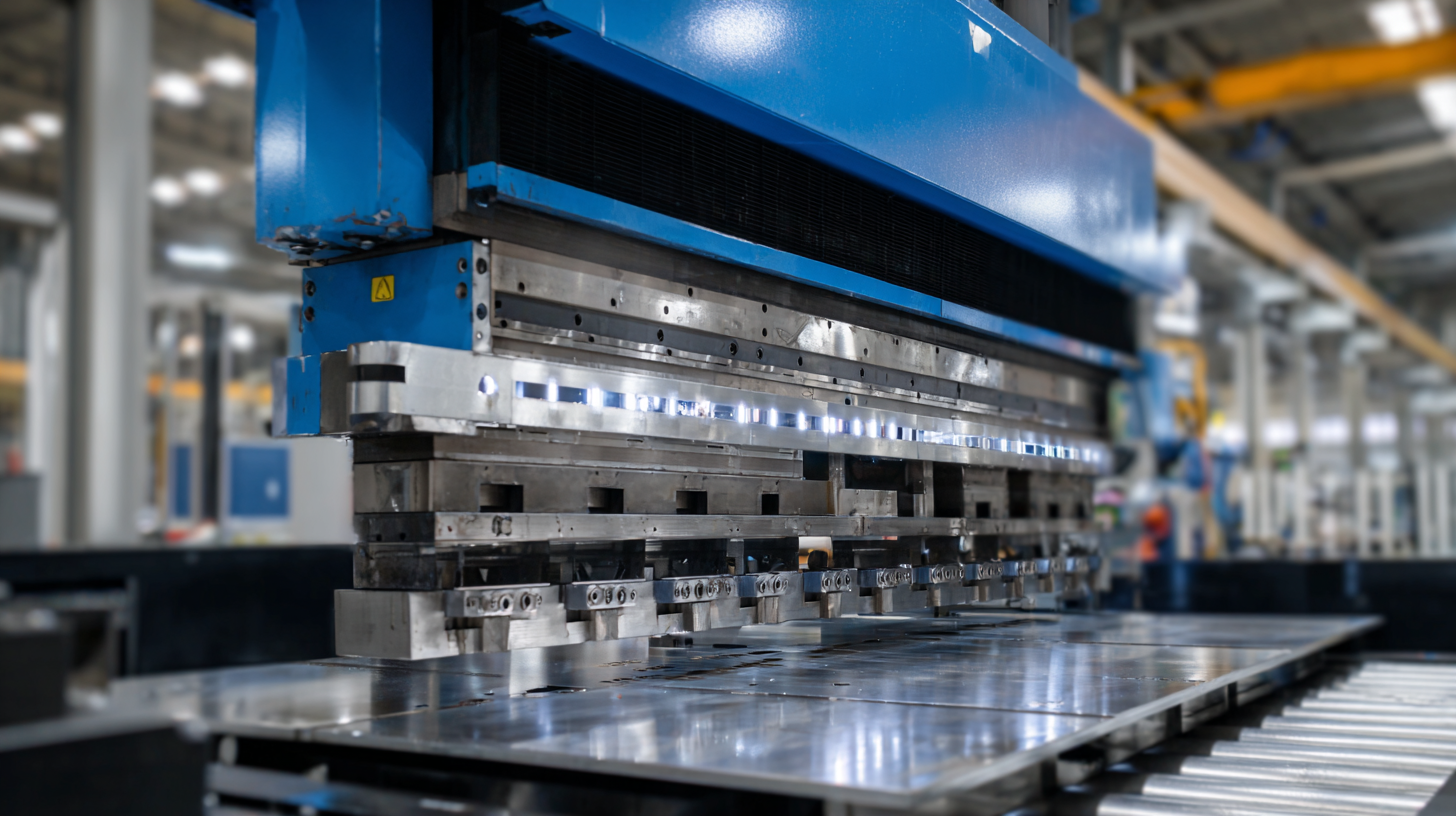
With features like programmable controls and enhanced tooling options, CNC press brakes are significantly reducing production times and waste, ultimately transforming how businesses approach metalworking. As we delve deeper into the benefits and advancements of CNC press brakes, it becomes clear that their role in streamlining sheet metal fabrication is nothing short of revolutionary in 2023.
The Evolution of CNC Press Brakes in the Sheet Metal Industry
The evolution of CNC press brakes in the sheet metal industry has been remarkable, particularly considering the advancements in automation and precision that have emerged over recent years. According to a report by ResearchAndMarkets, the global market for CNC press brakes is projected to reach $3.5 billion by 2025, indicating a significant growth trajectory fueled by technological enhancements and the increasing demand for high-quality metal fabrication.
One of the key developments in CNC press brake technology is the integration of artificial intelligence and machine learning algorithms, which enable these machines to optimize bending processes in real time. A study by the Fabricators & Manufacturers Association revealed that manufacturers using advanced CNC press brakes can improve production efficiency by up to 40%, significantly reducing lead times and operational costs. As such, the transition towards these sophisticated machines not only offers enhanced precision but also positions companies to remain competitive in an ever-evolving market.
Moreover, the increasing focus on sustainability in manufacturing practices has prompted the adoption of energy-efficient CNC press brakes. Data from the International Energy Agency indicates that automating sheet metal fabrication with modern CNC technology can reduce energy consumption by as much as 30%. This translates not only to cost savings but also to a lower environmental impact, aligning with global initiatives aimed at promoting sustainable manufacturing processes in the metalworking industry.
Key Technological Advancements Driving CNC Press Brake Efficiency
The integration of advanced technologies in CNC press brakes is revolutionizing efficiency in sheet metal fabrication. Key advancements such as enhanced automation, artificial intelligence, and improved energy efficiency are driving the shift towards smarter manufacturing processes. Reports indicate that the Global CNC Controller Market, valued at $3.2 billion in 2023, is projected to grow to $7.2 billion by 2033, reflecting an impressive CAGR of 8.3% from 2024. This growth is fueled by the increasing demand for precise and flexible manufacturing solutions that CNC press brakes offer.
Tips: To optimize the benefits of CNC press brakes, focus on investing in automation features that can significantly reduce cycle times and labor costs. Additionally, leveraging predictive maintenance tools can enhance the longevity of your equipment and minimize downtime.
As industries strive for sustainability, the role of CNC press brakes becomes even more vital. Their ability to produce high-quality parts with minimal waste aligns with the principles of the circular economy. The ongoing innovations not only improve productivity but also contribute towards greener manufacturing goals, showcasing the dual benefits of efficiency and sustainability in modern fabrication practices.
Efficiency of CNC Press Brakes in Sheet Metal Fabrication - 2023
Impact of CNC Press Brakes on Production Time and Cost Savings
CNC press brakes are revolutionizing the sheet metal fabrication industry in 2023 by significantly enhancing production time and enabling substantial cost savings. The introduction of advanced in-process monitoring methods has enabled manufacturers to closely track parameters such as force and geometry during the bending process. This real-time oversight not only improves the accuracy of bends but also reduces the number of defects—ultimately leading to a leaner workflow. Traditional practices often result in parts remaining idle in work-in-process inventory, but with CNC technology, these machines optimize the production flow, decreasing wait times and facilitating quicker turnarounds on projects.
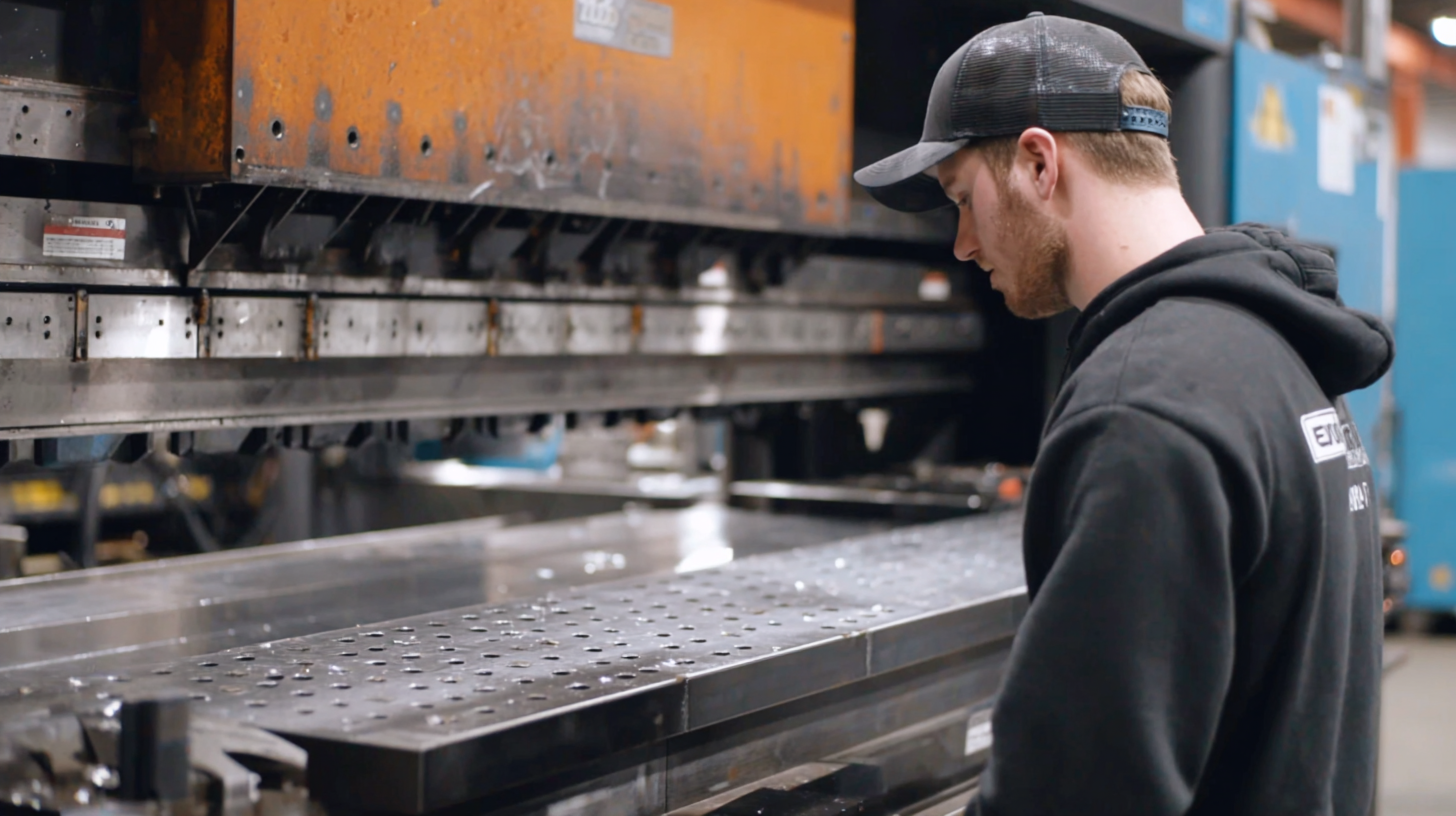
Moreover, as the global market for metal sheet bending machines is projected to grow from USD 1.04 billion in 2025 to USD 1.37 billion by 2035, it is evident that there is a rising demand for technologies that enhance efficiency in fabrication. Companies are increasingly investing in automation and integrated technologies that work synergistically with CNC press brakes, aligning perfectly with lean manufacturing principles. By adopting these innovations, businesses can not only maintain competitive pricing but also improve their overall operational efficiency, making CNC press brakes a staple in modern metal fabrication.
Integrating Automation: The Future of CNC Press Brake Operations
In 2023, the integration of automation into CNC press brake operations is revolutionizing the landscape of sheet metal fabrication. This advanced technology streamlines processes, enhances precision, and significantly boosts productivity. Automated CNC press brakes can perform complex bends and cuts with minimal human intervention, allowing fabricators to focus on higher-level tasks and innovation rather than repetitive manual operations. The ability to program intricate designs directly into the machine reduces the risk of human error and results in consistent quality throughout production runs.
**Tip:** To fully leverage automated CNC press brakes, operators should invest time in training and familiarizing themselves with the software interface. Understanding the programming capabilities can lead to even greater efficiency and creativity in design.
Moreover, the implementation of smart technology, including IoT and AI, enables real-time monitoring and optimization of the fabrication process. These advancements help identify workflow bottlenecks, predict maintenance needs, and improve machine utilization rates. As a result, the operational costs decrease while production output rises, making automation an essential component in the future of CNC press brakes.
**Tip:** Regular updates and maintenance schedules for software and hardware can greatly enhance the longevity and performance of CNC press brakes, ensuring that they remain at the forefront of efficiency in fabrication.
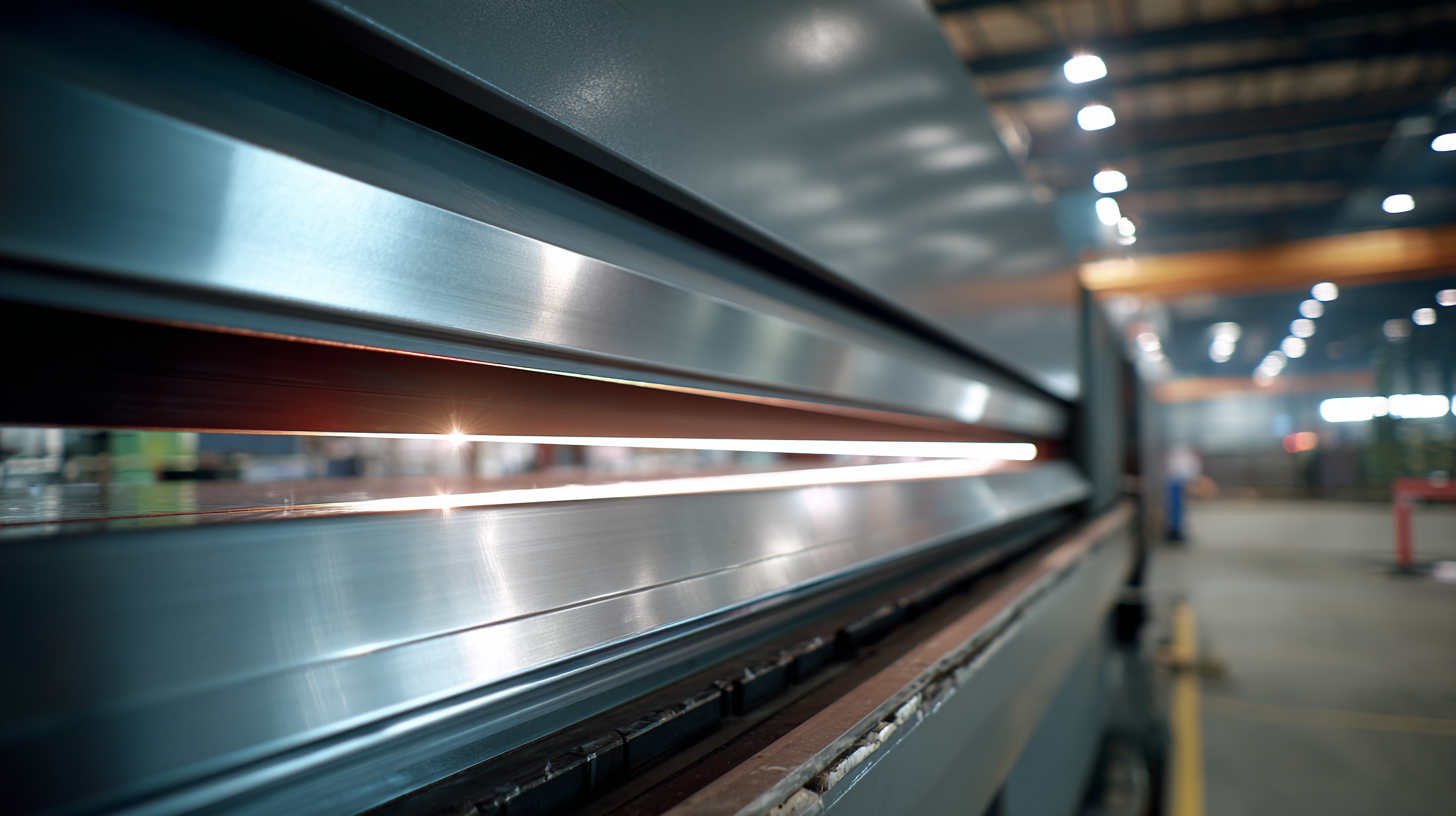
Case Studies: Success Stories in Sheet Metal Fabrication Using CNC Press Brakes
CNC press brakes have become a game-changer in sheet metal fabrication, showcasing remarkable success stories that highlight their efficiency and precision. Companies that have adopted CNC technology report significant reductions in production time and an increase in the overall quality of their products. One notable case study involves a fabricator who transitioned from traditional bending methods to CNC press brakes, resulting in a 30% improvement in operational efficiency and a dramatic decrease in material waste.
To maximize the benefits of CNC press brakes, consider investing in employee training to ensure that your team is well-versed in the technology. Additionally, maintain a regular maintenance schedule for your machinery to prevent downtime and extend equipment life. Another tip is to explore automation options that can further streamline your workflow, allowing for faster turnaround times and enhanced productivity.
In another success story, a small sheet metal shop leveraged CNC press brakes to expand its service offerings. By adding more complex bending capabilities, the shop attracted a wider client base and increased revenue by 40% within a year. This highlights the versatility of CNC technology, making it not just a tool for efficiency but also a strategic asset for business growth in the competitive fabrication landscape.
Why CNC Press Brakes Are Transforming Sheet Metal Fabrication Efficiency in 2023 - Case Studies: Success Stories in Sheet Metal Fabrication Using CNC Press Brakes
| Case Study | Industry | Efficiency Improvement (%) | Production Time Reduction (Hours) | Common Issues Overcome |
|---|---|---|---|---|
| Case Study 1 | Automotive | 25% | 15 | High precision, slow tooling times |
| Case Study 2 | Aerospace | 30% | 20 | Weight optimization, material waste |
| Case Study 3 | Construction | 40% | 25 | Assembly fit issues, labor costs |
| Case Study 4 | Electronics | 20% | 10 | Tight tolerances, increased demand |
Related Posts
-

10 Innovative CNC Press Brake Machine Features You Should Know
-

Innovative Solutions for Efficient CNC Press Brake Machine Operations
-
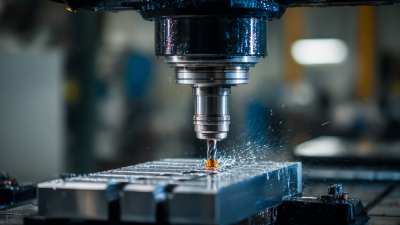
The Ultimate Guide to CNC Metal Cutting Machines: Choosing the Right Tool for Your Business
-

7 Best Practices for Using a Metal Sheet Bending Machine Effectively
-

Exploring Innovative Uses of Sheet Metal Fabrication Machines in Modern Industries
-
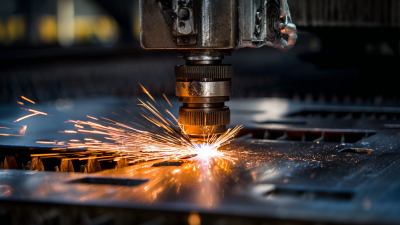
How to Optimize Your CNC Plasma Cutting Machine for Maximum Efficiency and Precision